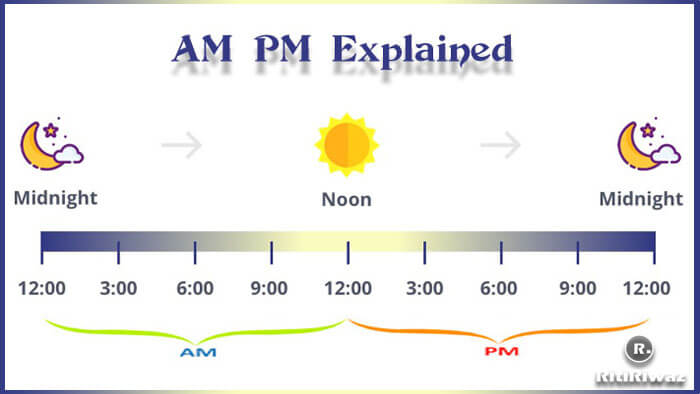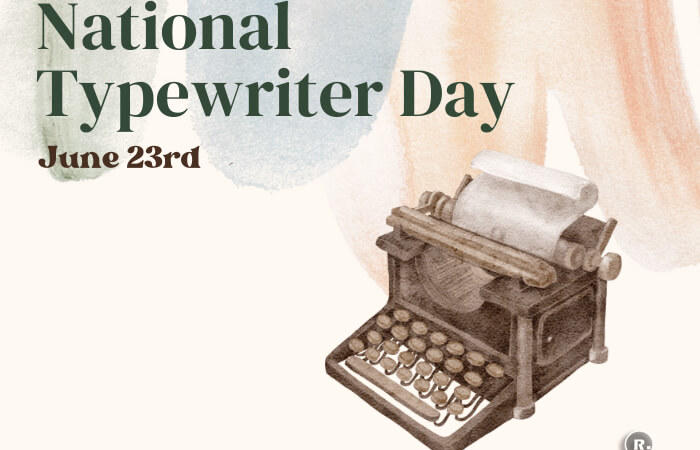What are AM and PM

We use the terms a.m. and p.m. many times a day when referring to the time. Do you know what they actually stand for, and how they came about?
A.M. and P.M. are unit of the time standard and is associated with the 12-hour clock. We all know that there are 24 hours in a day and analog clocks only show 12 hours or half hours a day. Basically, the 24 hours are divided into two time zones (before noon and afternoon) that last for 12 hours each.
AM means before midday and PM means after midday. There is a third, lesser-known abbreviation in this system: m. from the Latin merīdiēs meaning “midday” which means noon.
AM
Ante meridiem Latin for Before noon (Use with the morning time, starting from 00:00 to 12:00.)
AM is referred to the first part of the day the hours from midnight to before midday. 12 a.m is the beginning of a new day i.e. early morning when it is dark outside, till 1-6 a.m. it will be dark outside with no sun. Only after sunrise at about 6 a.m. you will get light outside, you do all your morning chores, breakfast, and others till 12 p.m. that is midday. So for the time of this period we use a.m. to represent the time.
PM
Post meridiem Latin for Afternoon (Use with the afternoon time, starting from 12:00:01 to 23:59:59)
PM is referred to the second part of the day the hours from midday to before midnight. At noon it is almost the middle of the day time for lunch and other chores of the evening, then after sunset, it’s time for dinner and sleep.
Therefore, 12:00 noon will be understood as 00:00 PM (daytime), the start time of the afternoon. Meanwhile, 12:00 pm or 24:00 is interpreted as 00:00 AM, the start date of a new day.
There are two formats for the representation of time:-
12 Hour format
The 12-hour clock is a time convention in which the 24 hours of the day are divided into two periods: a.m. (from the Latin ante meridiem, meaning “before midday”) and p.m. (post meridiem, “after midday”). Each period consists of 12 hours numbered: 12 (acting as zero), 1, 2, 3, 4, 5, 6, 7, 8, 9, 10, and 11. The 24 hours/day cycle starts at 12 midnight (often indicated as 12 a.m.), runs through 12 noon (often indicated as 12 p.m.), and continues to midnight at the end of the day.
24 Hour format
A 24-hour clock sometimes referred to as military time, states the time according to the number of hours that have passed since midnight. Starting at midnight, hours are numbered from 0 to 24, removing the need for designations like am and pm. For example, at 23:00, 23 hours have passed since the beginning of the current day.
Different countries use a different format
Several countries use 12-hour clock, particularly countries that were part of the former British Empire and are English-speaking regions, for example, the United Kingdom, Republic of Ireland, the United States, Canada (excluding Quebec), Australia, New Zealand, India, Pakistan, Bangladesh, Malaysia, Malta and is also followed in Egypt, Mexico, and Nepal.
While countries also have a 24-hour clock as their standard system used in writing such as nations in Europe, Latin America, and non-English speaking countries. In some regions, for example where German, French, and Romanian are spoken, the 24-hour clock can be used even when speaking casually. Some countries use both the 24-hours system and the 12-hours system.
Suggested Read: Daytime Saving Time Begins And Ends






